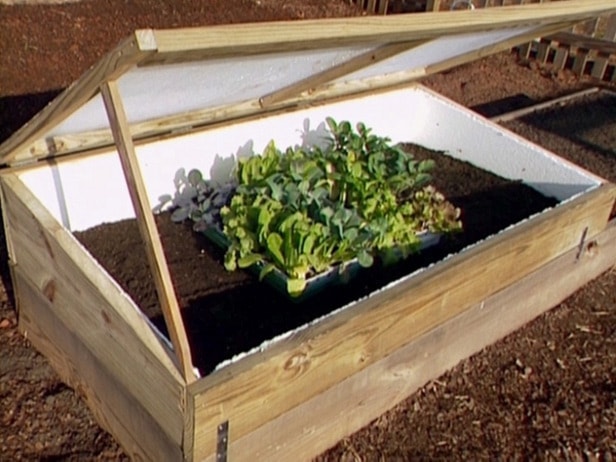The frost we had two weeks ago didn’t do too much damage in the garden. Some of the basil got hit but just depending in what spot it was growing. I still have some that is OK.
I moved some of the dahlias in the greenhouse because I am hoping for some buds to open and I can see the colour of them. I was late putting some out and they grew well but never bloomed.
I picked up a few bags of leaves and shredded them already. The floor of the greenhouse is covered by a big tarp on which I have piled some leaves. Some of the large pots will go in there for winter and the three cold frames are already full with potted plants for next spring. I just have to cover them with leaves and when it gets really cold, I will close the windows and they will be fine until spring.
In the cold frames, I covered the soil with three layers of newspapers, grass clippings and a sheet of plastic. If I don’t put the plastic down, early spring the roots start growing right in the soil.
I have started to clean up the garden. Some of the beds have been weeded and some compost spread on top. Other beds have vegetables still growing, like carrots, beets, kale and the globe artichokes. Even if I don’t get much of a crop out of them, the artichokes make a beautiful border plant with their large greyish leaves.
Carrots can be left in the ground once mature. A light frost is said to improve and sweeten the carrots’ flavour. The best temperature to keep carrots for winter is just above freezing and four to five degrees C. Using a good mulch like leaves could protect them for winter if left in the ground. Bags of leaves could be laid on top of the rows. If you dig them for storing, do not wash them. When washing and scrubbing, you might injure the skins and they will not keep long. I will try to dig a spot in the garden, put a tray with draining holes, cover the tray with leaves and lay the carrots in them. Cut the green carrot tops when storing. I will then cover everything with more leaves and put a few boards on top, which I will cover with a few bags of leaves. It should be easy to get to them even if some snows cover the ground. Since this is an experiment, I will not put all of them in there just in case.
Parsnip: The flavour is enhanced by a few hard frosts. Parsnips will be very flavourful if left in the ground all winter. Harvest parsnips left in the ground over the winter before new growth begins in spring.
Time to plant your garlic if you have not done so. I put bone meal in the hole and bury them so that the top of the bulb is about two inches in the soil. I plant them at a distance of five to six inches apart and cover the bed with compost. I will also add leaves later on all over the garden. In the beds that are empty, I will bury grass clippings and leaves in them to break down over winter.
Jocelyne Sewell is an organic gardening enthusiast in the North Okanagan and member of Okanagan Gardens & Roses Club. Her column appears every other Wednesday.
